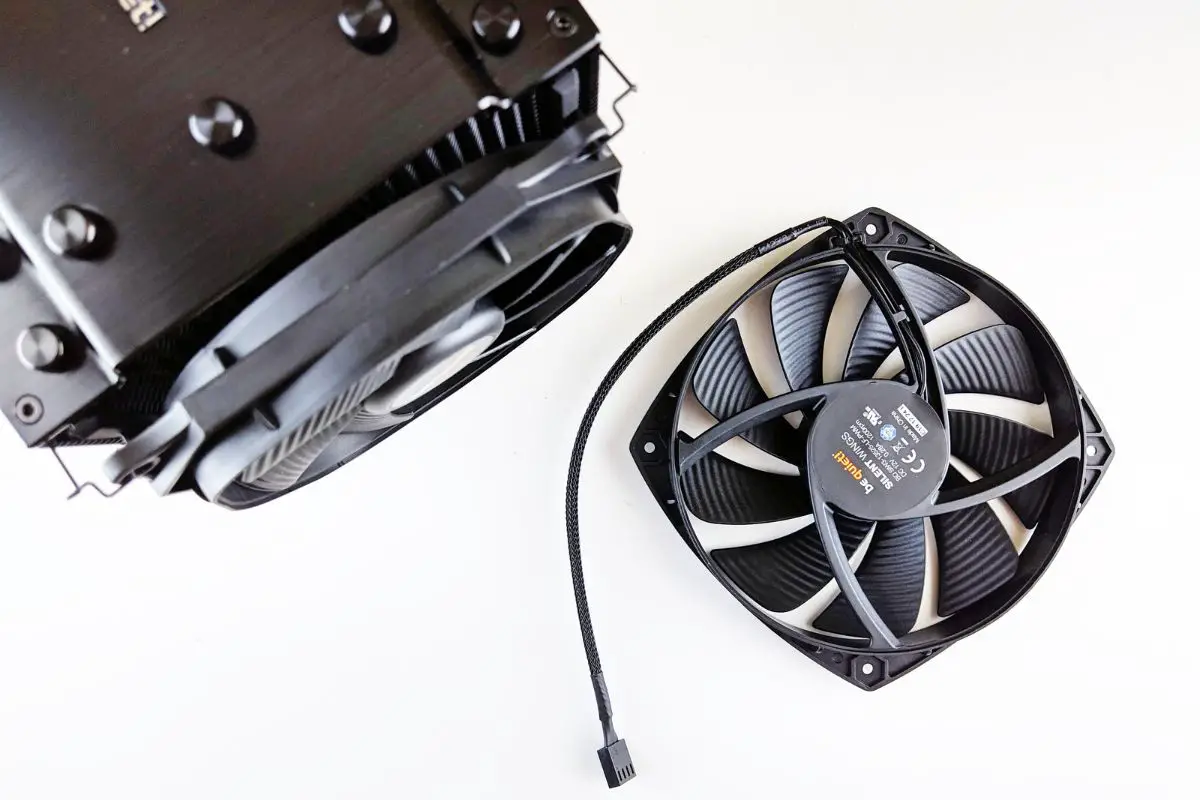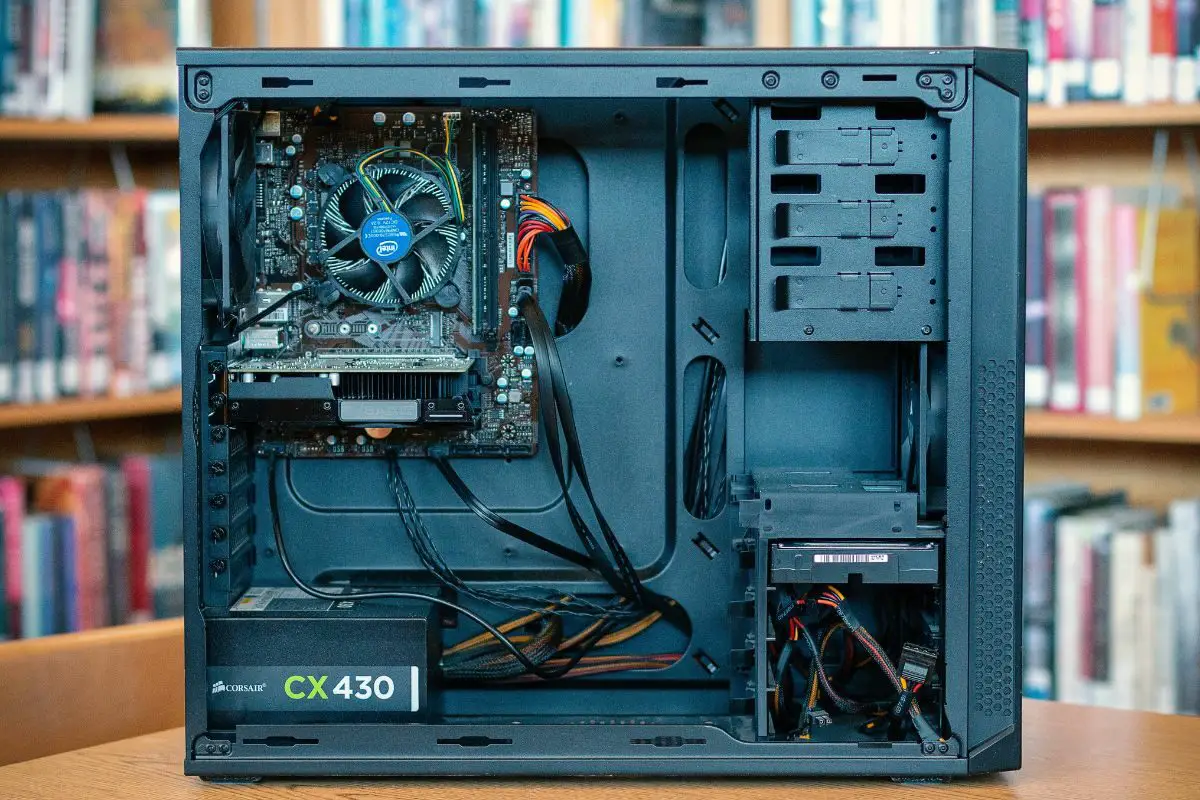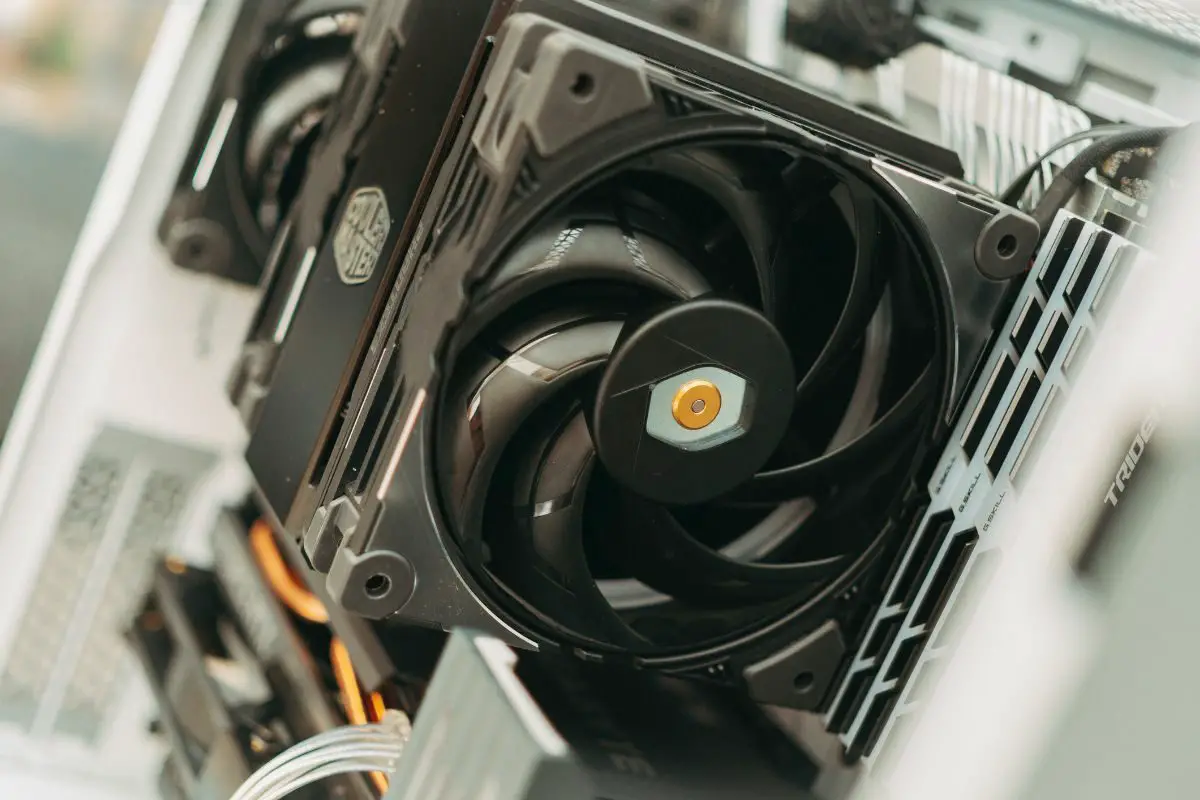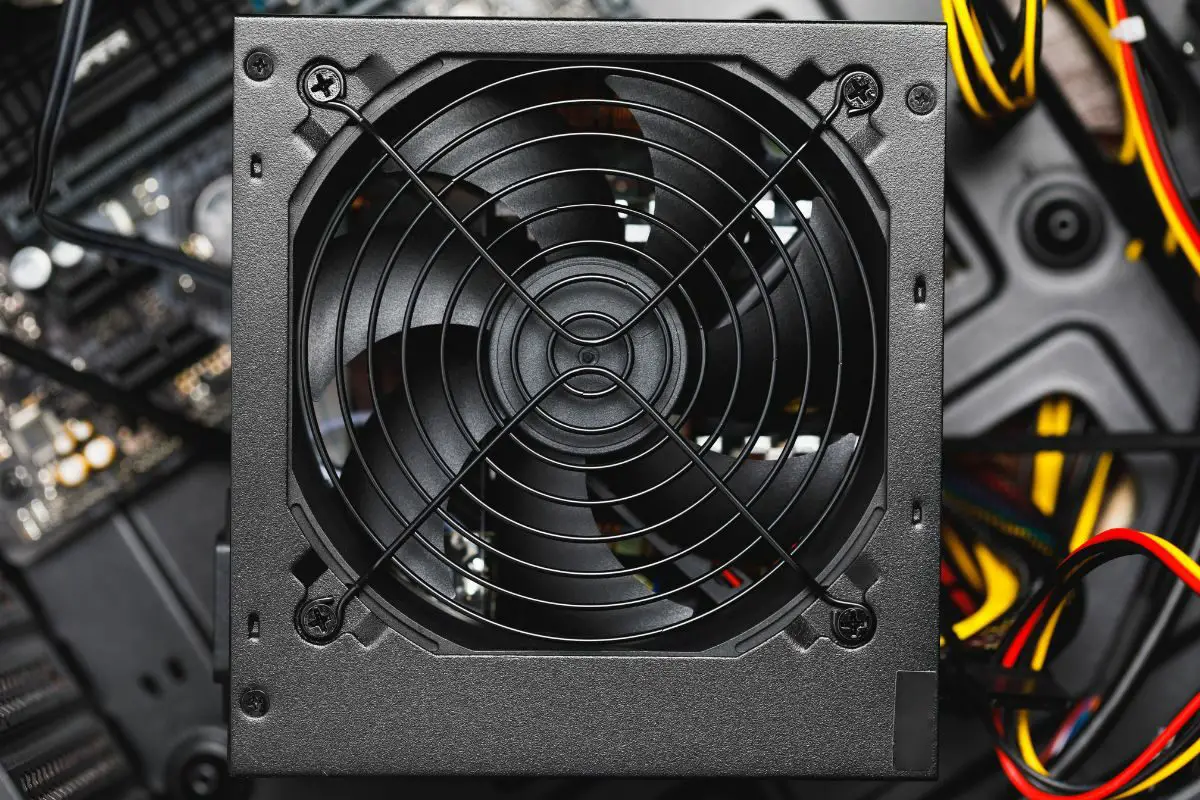
The number of fans that your computer should have majorly depends on how much heat your computer tends to produce. In a PC used for basic tasks, a single fan on your CPU cooler can be enough. You might not even need case fans. However, if you do anything intensive, like gaming or video editing, you'll likely want at least two case fans and one or two CPU cooling fans.
The first computers I built didn't have case fans and just opted for a single fan on the CPU cooler. However, as my workload began to become more performance-intensive, I realized how important more fans could be. But it isn't just about adding more and more fans. There are other factors to consider.
That is exactly what I plan to discuss in this article. Let's get right into it!
Contents
There are many fans that come together to keep various PC components cool, but the only ones that you can modify are your case fans and your CPU cooler fans.
No matter what fan configuration you want to go with, you will need at least one CPU fan for your computer to turn on. However, there are some CPU coolers that can come with as many as three fans.
Case fans aren't necessary for a PC to work, but depending on the performance of your PC components, the number of fans you'll need will change.
So, you might be wondering, how many case fans and processor fans do you need in your setup?

Well, the answer is, it depends.
What's the size of your PC case? How powerful is the hardware in your computer? How intense is your average workload? What's your budget?
Generally speaking, it is recommended that you have one CPU cooler fan and at least three case fans: two of them being intake fans and one being an exhaust fan. This can provide enough airflow to get rid of hot air in the PC case and replace it with cool air.
However, as I mentioned earlier, it depends on your exact needs and build. So let's cover a few basics to determine what might be the best choice for you.
There's an actual limit to how many case fans you'll be able to fit into a single computer, depending on the size of the PC case. Obviously, a small form factor case won't be able to take as many fans as a full tower case.
As a result, the size of your PC case is always going to be the biggest consideration when it comes to how many case fans you can fit into it.
Many small form factor cases (or mini-towers), like the Raijintek Ophion, can only fit about three case fans.
When you move into mid-tower cases, you can typically fit in double the case fans that you can get with smaller cases. A PC case like the Corsair 4000D can get you as many as six case fans.
However, with full-tower cases, which you'll likely have with a large graphics card in a gaming PC, you'll find a lot more space. If you want a fan configuration with as many as ten fans, a full-tower PC case like the Antec Performance 1 FT will make that possible.
However, keep in mind that you don't need to use every single slot that your PC has, but you want to make sure that you keep the fan configuration of intake and exhaust fans balanced.
What do you do with your computer?
A computer that browses the web and streams movies all day is going to produce a lot less hot air than the same computer when it is constantly playing games or rendering 3D models, regardless of whether it is a basic system or a gaming PC.
Your average workload with your computer has a big impact on how many PC fans you might need. As a result, make sure to think well about what you do with your PC most of the time so you can be sure of the number of PC fans that you need.

While your workload plays the biggest part in how much heat a specific computer component, such as your CPU or graphics card, produces, the component itself matters too.
An entry-level GPU is likely going to produce less heat than an Nvidia GeForce RTX 4090, even when both of them are idling.
If you have a gaming PC or a workstation with some pretty heavy-duty parts running the show, I'd advise going for something more intense than a one-intake, one-exhaust fan configuration. You'll benefit more from at least two fans pushing out hot air, and with more fans pulling in cool air.
You might also want to opt for a processor cooler that has two fans to help keep your CPU temperatures
Finally, how much money you're willing to fork out is one of the more important considerations when it comes to the number of PC fans you should opt for in your system.
If you can afford it, more fans are better, but if you're on a tight budget, it is best to get just enough for your PC case and the workload that your system is constantly operating under.
If you've never set up PC case fans before, there are quite a few things that you should understand before you get into it. These tips can help you install things in the right way.
The first thing involves a little bit of scientific understanding. Depending on your case, you may be able to install case fans on the front, back, top, or bottom, of the inside of the case.
Now, hot air always rises upwards. As a result, any exhaust fan has to be placed in a position that allows for the air being pushed out to move away from the PC. This is why exhaust fans can be fitted to the top of the PC case, or at the rear.
Where you can put an exhaust fan depends on your PC case though. However, regardless of where you put them, you want to make sure that the airflow direction in the case is uniform. Your intake fans should be placed roughly opposite the exhaust fans.
So, if you have two exhaust fans at the back of the computer, try to have at least two intake fans at the front.
Speaking of that, you want more intake fans than exhaust fans, especially if you have dust filters. These can reduce the effectiveness of the intake fans, so to pull in an equal amount of air to what the exhaust fan or fans are pushing out, you'll need a higher intake.

Your computer has several kinds of fans working in it at a given time. While not all of them can be modified, it can be helpful to know about all of them.
If there's one fan that every computer absolutely needs to have, it is the fan that comes on your processor's cooler.
Your PC simply won't turn on if this fan isn't plugged into its header on the motherboard, which shows how integral it is when it comes to keeping your processor cool.
Some processors come with stock coolers, which are always single-fan coolers. However, there are many aftermarket coolers that come with extra fans if you need more air and more cooling.
For instance, the Noctua NH-D15 chromax.Black has two fans with two heatsinks, and if you want more than that, AIO coolers like the NZXT Kraken 360 have three.
Most of this article has been talking about PC case fans because they're the only other modifiable fan type besides your processor fan. These are great for getting good airflow inside the PC case.
There are two types of case fans: intake and exhaust fans.
The number of PC case fans you can have majorly depends on the PC case itself. It can go anywhere from two or three fans, which works well for a one-intake, one-exhaust fan configuration, or as high as ten fans for full-tower cases, which is more than enough for a gaming PC.
As you might have guessed, an intake fan is responsible for bringing fresh air from the outside world into the PC case.
This air is generally much cooler than the air inside the PC case, which is how it is able to cool down the components inside the system.
An exhaust fan is responsible for pushing the warm or hot air inside the PC case to the outside world. This helps to reduce the temperature inside the PC case.
Paired with an intake fan, this can provide a continuous cycle of fresh air from the outside and release warm air inside the PC case.
Depending on the manufacturer of your GPU, you can have as many as two to three fans on it. Graphics cards in gaming PCs can be major sources of heat, so this GPU cooling keeps good airflow over them at all times.
Having good airflow in your PC case itself can make their job easier though, since they will have a steady supply of fresh air to run over the GPU heatsink.
Your power supply unit, or PSU, provides electricity in the right amounts to all the parts in your system. However, the more power-hungry your components, the higher the PSU wattage, and the more heat it produces.
This is why a PSU isn't exempt from having a fan either. This helps to keep it running within reasonable temperatures.

The typical processor is cooled by a standard air cooler. However, with the right PC case, you can also use liquid cooling, or an AIO cooler, to keep things running at the right temperatures.
However, when might you want to jump up to an AIO cooler? These aren't exhaustive, but here are some basic guidelines that you can follow to make the choice:
How many fans do you need for your computer? Well, generally speaking, a good starting place is to have two intake fans and one exhaust fan in your system. However, very basic systems might not need any case fans, while a high-end gaming PC can have as many as ten case fans. If you're an avid gamer, have high-performance components, or deal with a heavy workload, more fans are better.
When putting case fans into your build, make sure to follow the basic tips for good airflow. Make sure you have exhaust fans at the top or the rear, and your intakes at the front or bottom. Also, always try to keep things balanced in terms of positioning.
Was this article able to help you out with understanding how many fans your PC should have? If so, that's great. Take a look at some of our other articles for more helpful information.
